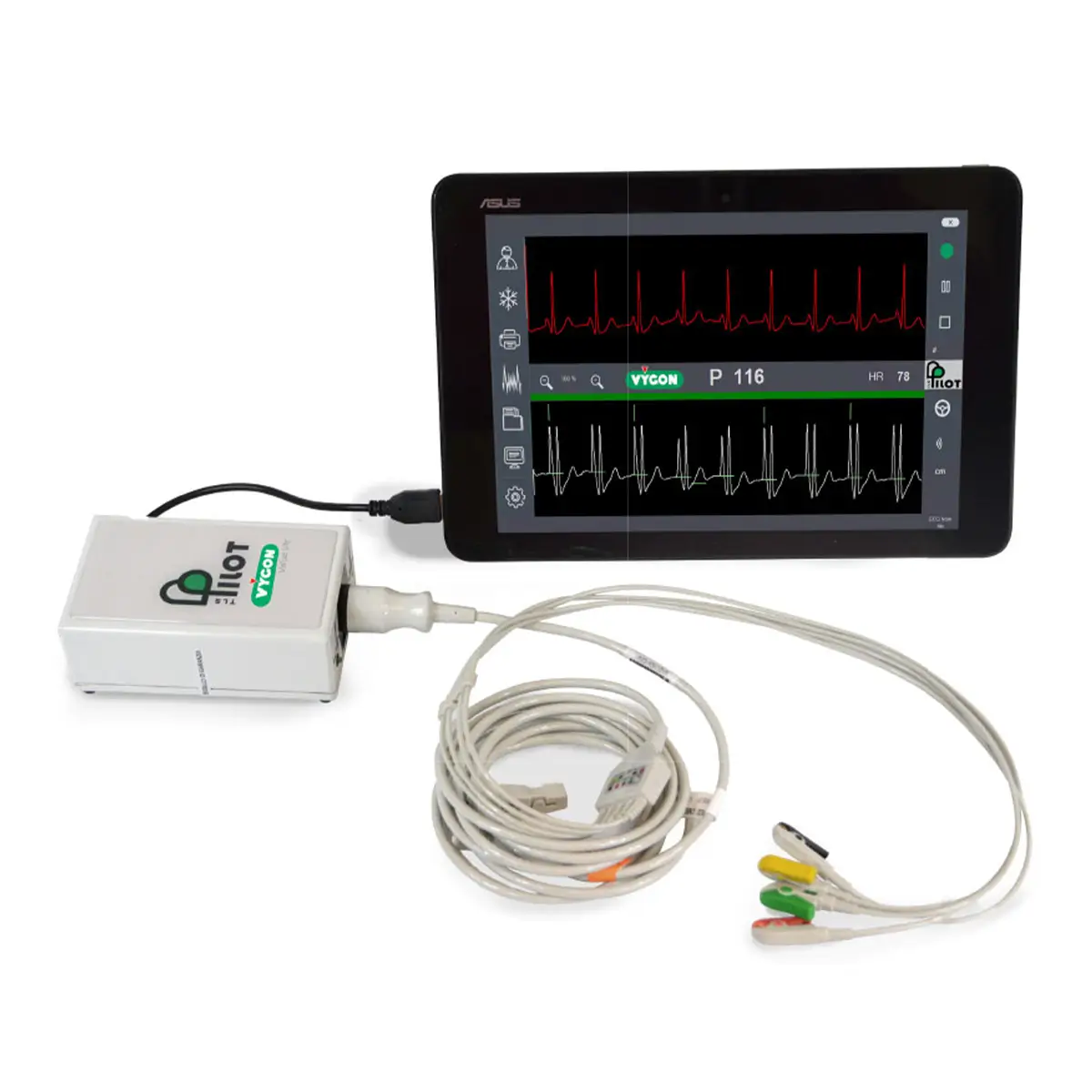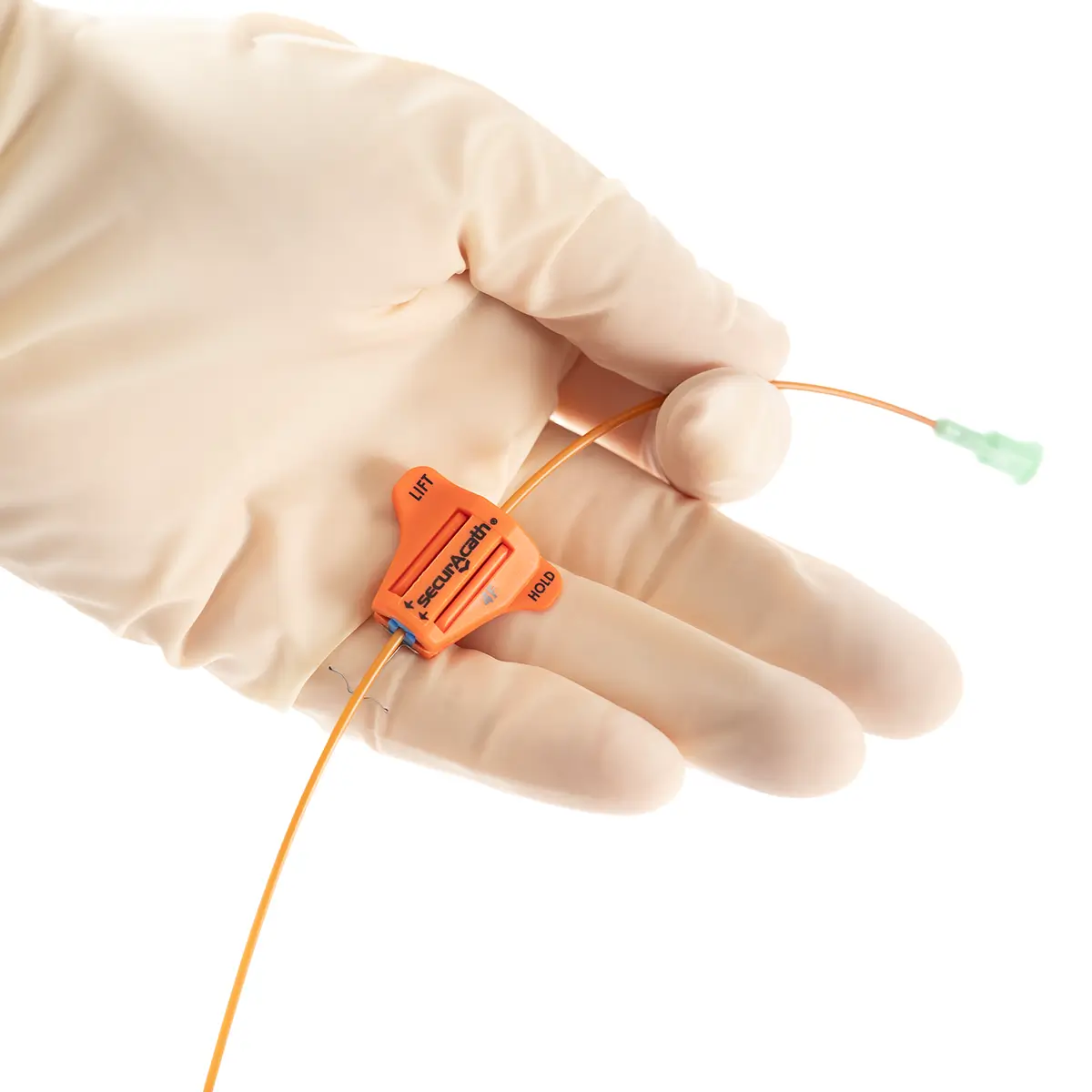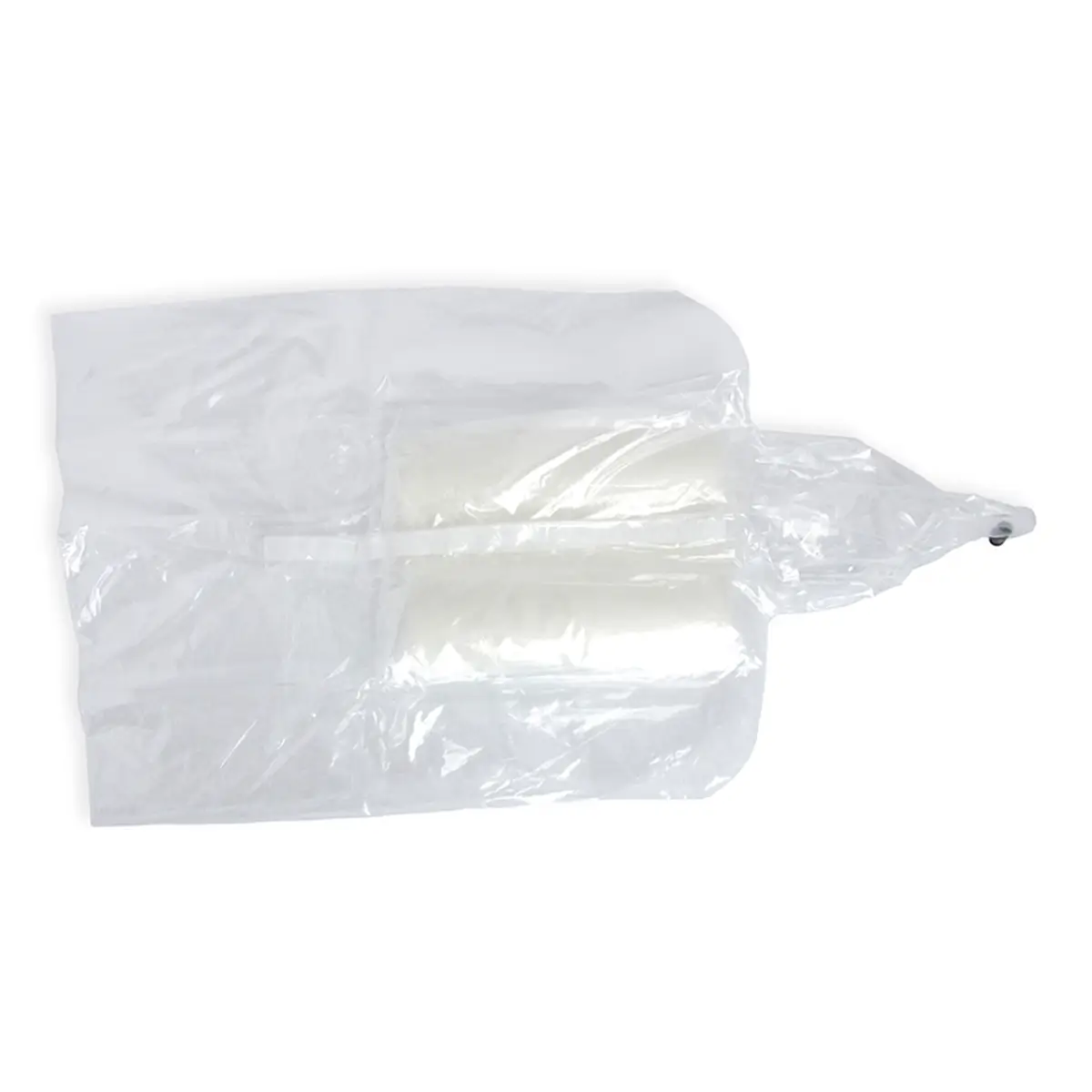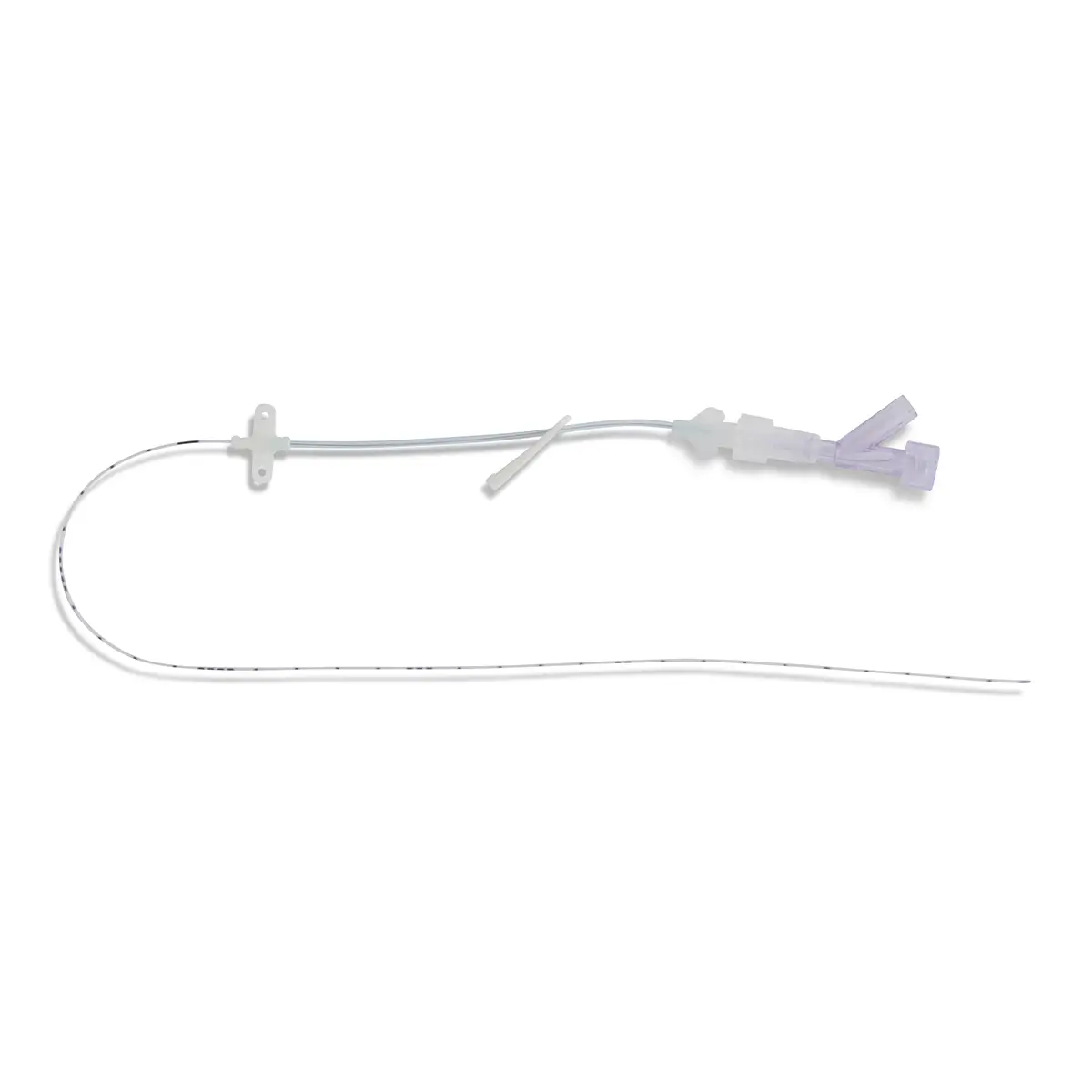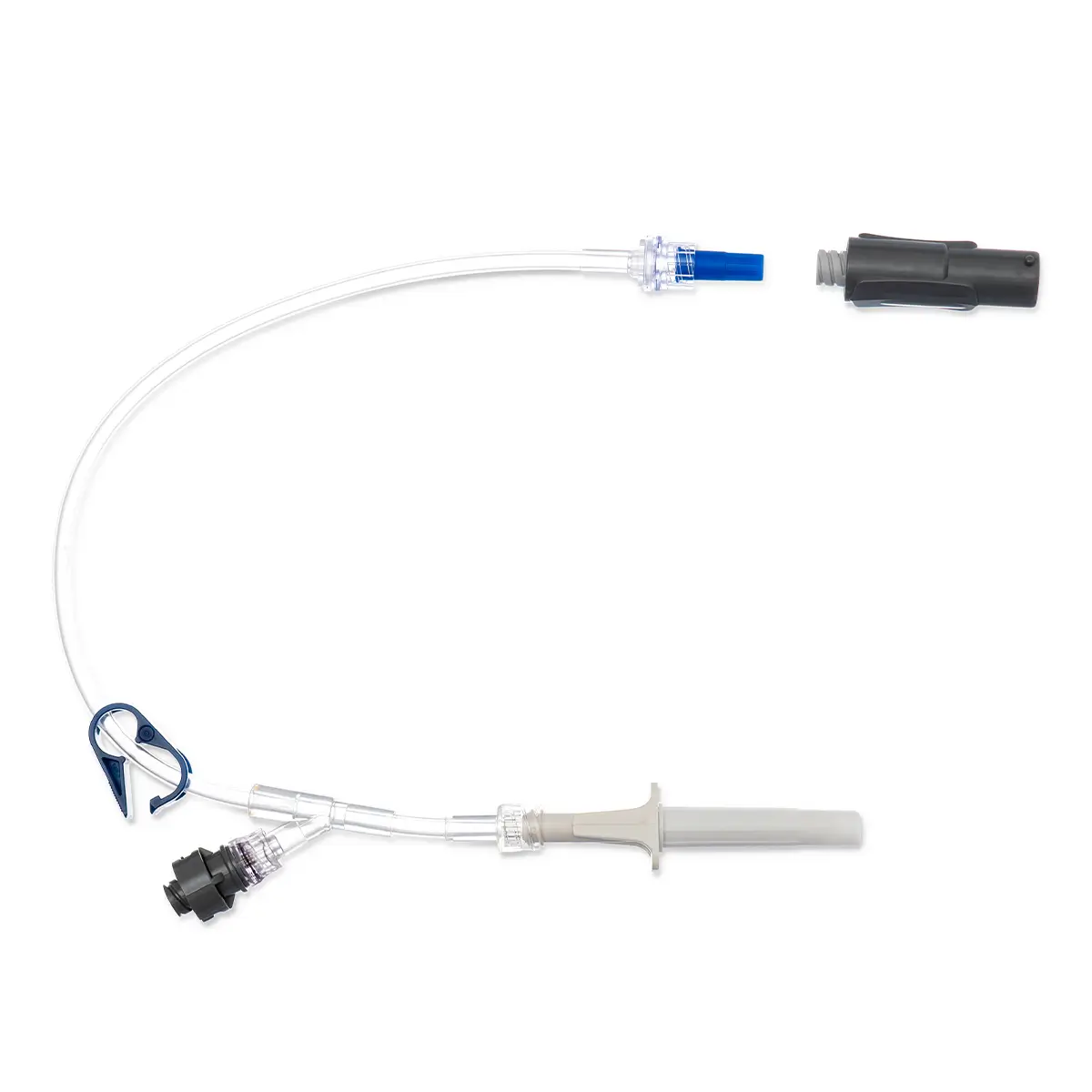Qimono the complete closed system for safe delivery of cytotoxic drugs
Stay safe with Qimono
It is widely documented that exposure to Systemic Anti-Cancer Therapy (SACT), can pose a significant health risk to patients during treatment as well as healthcare workers involved in the preparation and administration of the drugs .
Many SACT agents are known to be carcinogenic, teratogenic and mutagenic. Exposure may be through skin contact, skin absorption, inhalation of aerosols and drug particles as well as ingestion and needlestick injuries. This can occur at various points of the treatment process: during the preparation of the medication, whilst the drugs are administered and after therapy .
Adverse health effects reported by chemotherapy nurses include headaches, dizziness, nausea and hair loss.
Description of the device
Qimo Male is a multi-purpose, closed, needle-free, I.V. connection device which has been designed for the preparation and safe administration of hazardous drugs. Qimo Male has a very easily disinfectable membrane (disinfection must be carried out before and after use) which automatically closes when Qimo Female is disconnected.
Qimo Male is a safety adaptor, the proximal end of which must be connected onto the male Luer-lock end of a syringe, an extension tube or an infusion set.
At the distal end, the Luer bayonet end can only be connected to devices which feature a Qimo Female end.
Note: after the connection of Qimo Male onto a Luer-lock male hub, Qimo Male rotates and cannot be disconnected anymore.
Qimo Male can only be connected to the female Luer bayonet end of Qimo Female, by placing the lugs of Qimo Male into the notches of the bayonet ring of Qimo Female.
During the connection, the internal metallic tube of Qimo Female opens both the membranes of Qimo Female and of Qimo Male and the two conduits fit in together.
It is then possible to inject, infuse or withdraw samples of drugs.
During the disconnection, the membranes automatically close, which ensures the sealing of both devices.
Maximum number of connection: 10
Priming volume: 0.35 ml
Qimo Male is lipid-resistant.
Code 7210.91: Qimo Male – 1 unit in a supple blister.
Code 7210.910: Set of 25 Qimo Male : – 25 units in a blister / 100 units in a box / 1 800 units in a case



